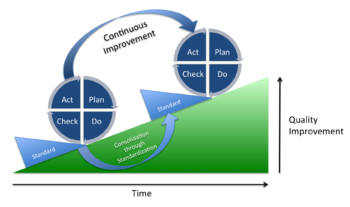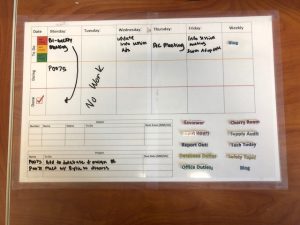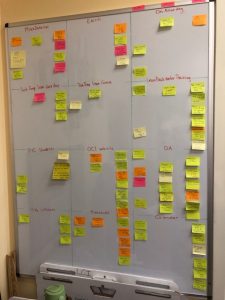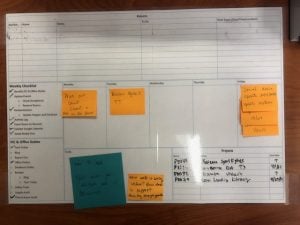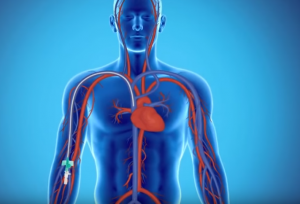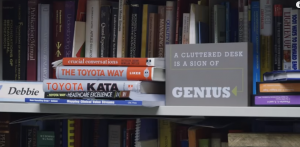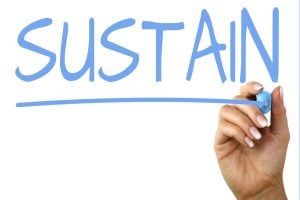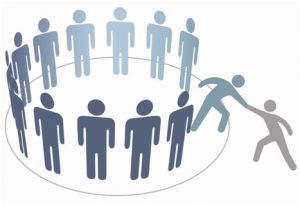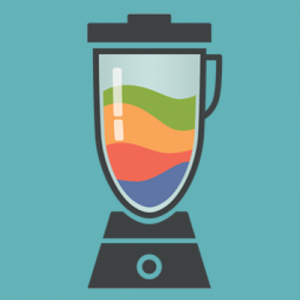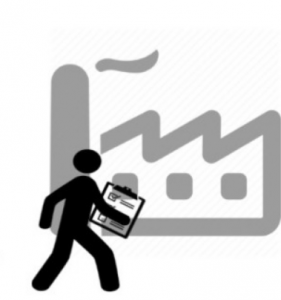The Deming cycle (Plan, Do, Check and Act or PDCA) is essential for monitoring the effectiveness of a process, the standards for a process and the sustainment. This is called a cycle because even after you implement improvements (Plan and Do) within a particular process, eventually you have to look at the process again (check) to see what’s the next steps to improve the process further (Act). This continues on until you reach your target condition, which may change. It’s a deliberate way to reflect on where you’re at versus where you’d like to be as well as recognizing what’s getting in the way.
Recently I’ve been going through some training on how to be a coach for others in a way that is meaningful and true to myself. This requires a lot of reflection on my behalf so that I can understand:
What does being a meaningful coach mean to me?
What does that look like?
What direction am I trying to go?
Throughout my time reflecting in the last two months, I have been seeking these answers and focusing on identifying my current leadership state and my ideal leadership state. Sometimes it’s been a confidence boost, showing me that I’m a hard worker and reliable, sometimes it’s been a little convicting and has made me step back a little in, “whoa, we need to fix that.” At times, digesting my reflections has been a big pill to swallow. However, through my knowledge of PDCA I’ve come to recognize that just like a deficient process, my weaknesses don’t have to define my leadership capabilities (my process), and they don’t have to stay weaknesses.
The PDCA cycle recognizes that you can’t get from point A to point Z in one large step, but rather through: incremental steps (point A to B to C… Z), experiments, and reflections to see if the experiments worked or didn’t. If they did, go work on an experiment for the next step. If they didn’t, try a different experiment. The PDCA cycle was designed to move through the deficits, but it wasn’t designed to ignore the strengths. PDCA uses the strengths of a process to explore innovative experiments that are customized to the parameters of the process. This is how I’ve been using PDCA to help me check to see where I currently am as a leader, as well as to design experiments through the nature of my strengths to transform my weaker areas as a leader and ensuring the cycles are meaningful to me individually.
Long story short, the PDCA cycle can be used anywhere, even for yourself personally and not just for a process at work. It’s a tool used for reflection, eliminating blame, and accepting that humans aren’t perfect but that we can still strive for something greater by holding ourselves to a higher standard that is meaningful and deliberate.
